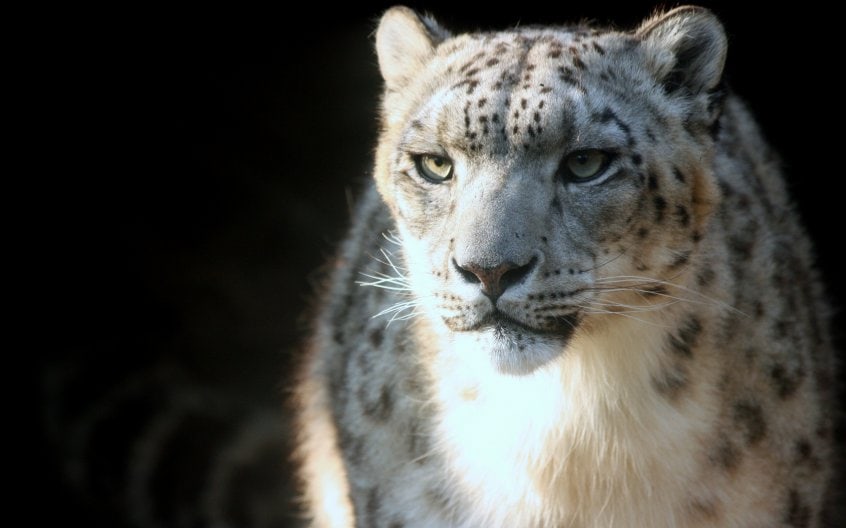Scientists recognise that species continually disappear at a background extinction rate estimated at about one species per million per year, with new species replacing the lost in a sustainable fashion.
Today we’re living through the sixth great extinction, sometimes known as the Holocene extinction event.
But, as harmful as our forebears may have been, nothing compares to what’s under way today. Throughout the 20th century the causes of extinction – habitat degradation, overexploitation, agricultural monocultures, human-borne invasive species, human-induced climate-change – increased exponentially, until now in the 21st century the rate is nothing short of explosive.
When we hear of extinction, most of us think of the plight of the rhino, tiger, panda or blue whale. But these sad sagas are only small pieces of the extinction puzzle. The overall numbers are terrifying. Of the 40,168 species that the 10,000 scientists in the World Conservation Union have assessed, one in four mammals, one in eight birds, one in three amphibians, one in three conifers and other gymnosperms are at risk of extinction.
We will show you a list with 20 species that are critically in danger of extinction, but there are many more: whales, certain shark species, polar bears, etc. Only ambitious plans for protection can save these fascinating species.
Hooded seals
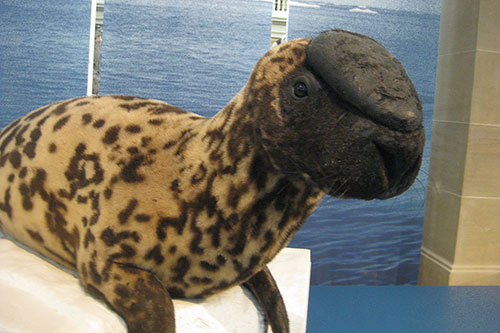
Hooded seals are found only in small areas of the North Atlantic and are heavily hunted. The seal is known for its unique nasal cavity located at the top of his head, which inflates and deflates while swimming. The campaign also inflates when it feels threatened, attracts mates and symbolizes health and higher status. These huge animals can weigh up to 900 pounds and measure 8 feet long.
Tree Kangaroo

These marsupials live in the rainforests of New Guinea and Queensland, and as the name suggests, are members of the family of kangaroos that live in trees. Hunting and deforestation have reduced the strength of these amazing creatures to 1%.
Bearded vultures
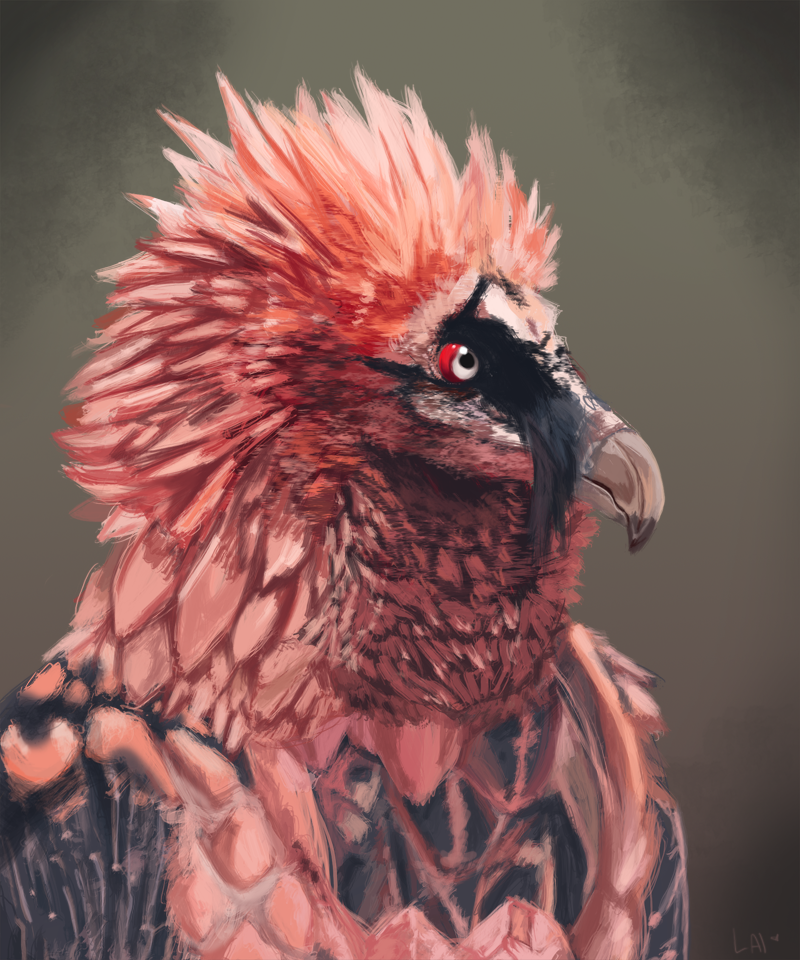
These beautiful birds inhabit the Everest, the Himalayas and other mountainous regions of Europe and Asia. Bearded vultures were almost eradicated in the last century due to fears of attacks to lambs and children, and now, the WWF estimates that there are only 10,000.
Axolotl
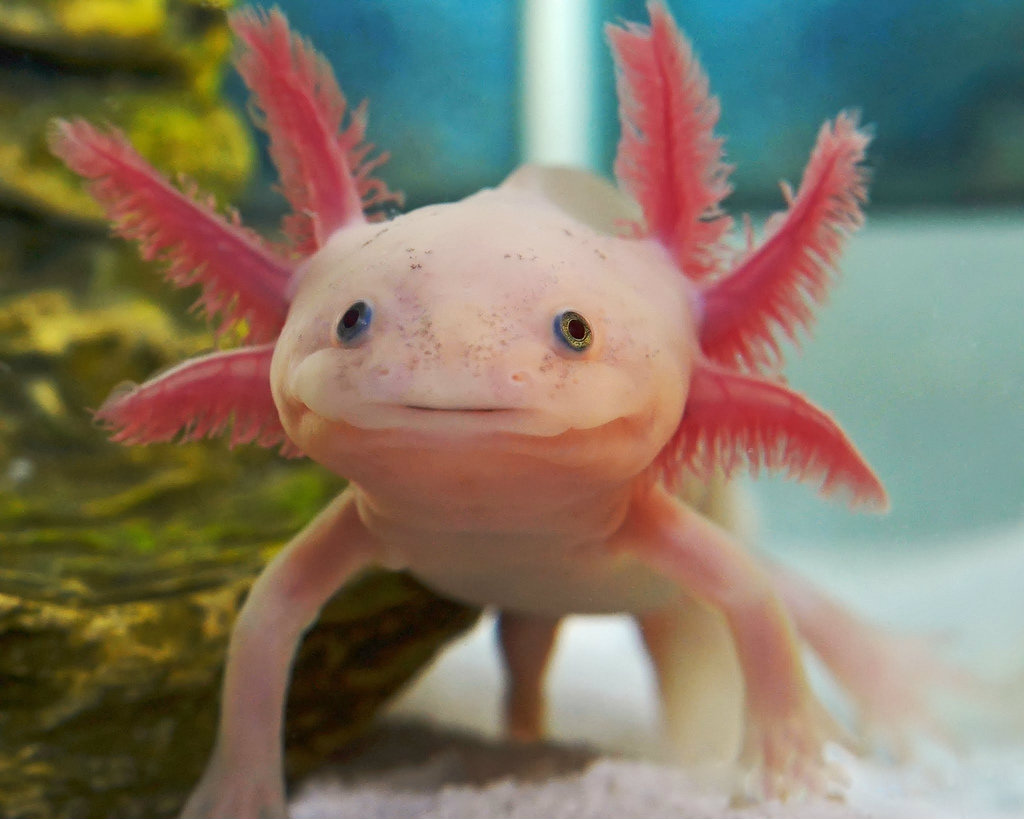
Also known as the Mexican salamander, these little odd amphibians inhabited several lakes in Central America, including Lake Xochimilco in Mexico City. Since 2010, the strange creatures have been critically endangered and in a study in 2013 failed to find any salamanders in the wild.
Saiga Antelope
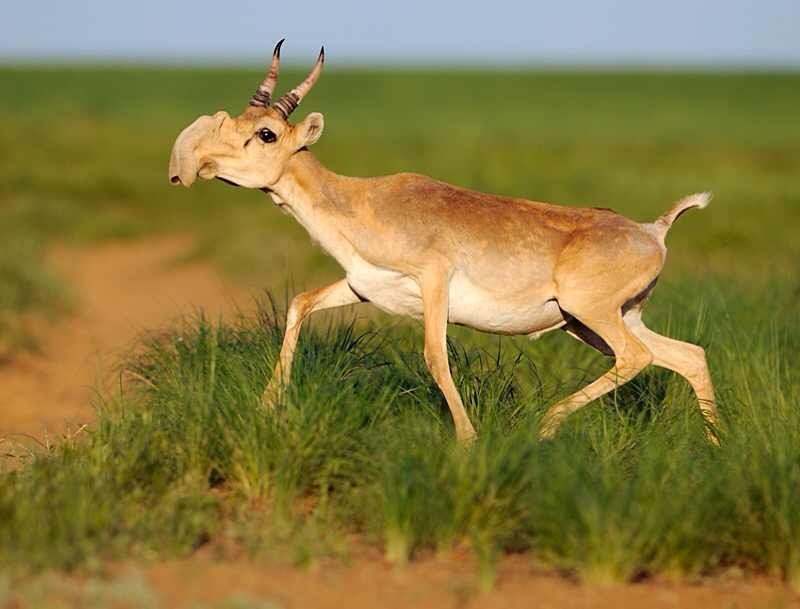
The saiga antelope is found critically endangered. Inhabiting the Eurasian steppe, including Dzungaria and Mongolia. This incredible creature that seems alien, has an uncanny nose is extremely flexible and helps filter out the dust raised by the flock in migration. Hunting and habitat loss mean that there are only a few thousand of these strange animals.
Olm

The olm lives in the caves of Central and Southeastern Europe and is one of the few that is completely aquatic amphibians. They eat, sleep and grows underwater. Lives its entire life in complete darkness. The Elm has never developed eyes and instead has incredible senses of hearing and smell. Water pollution has led to its downfall.
Langur Chato
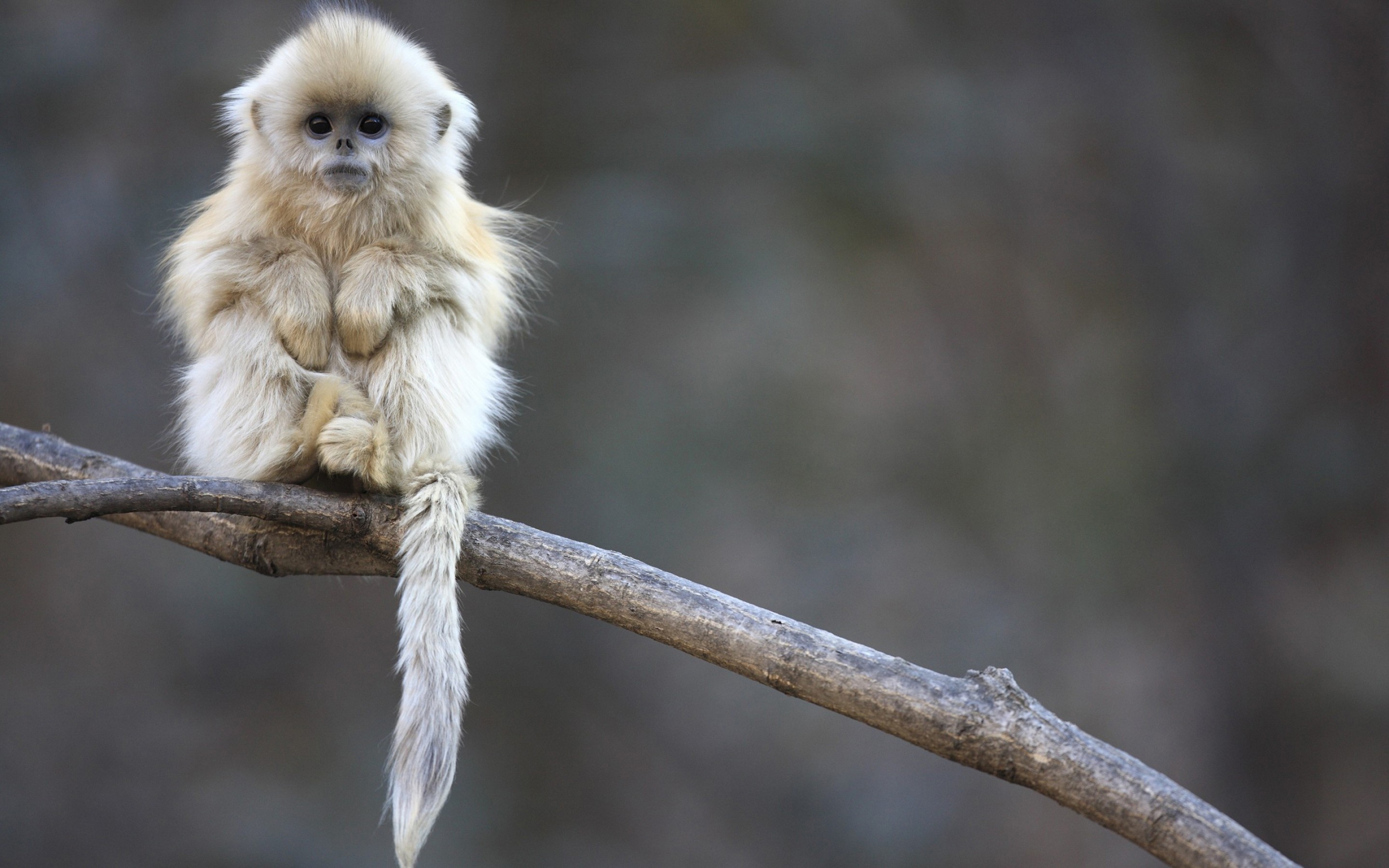
David Attenborough once said that these wonderful monkeys are like “elves.” It is found in Asia, at a height of up to 13,000 feet. These primates with a short stump for nose are rarely seen. These strange monkeys have become critically endangered because of deforestation.
Gharial

The world population of gharial crocodile is thought to number less than 235, most of which are in the Indian subcontinent. These beasts are 20 feet long weighing 350 pounds and dominated all major river systems, as their long, slender jaws makes them agile in hunting and eating fish. Overfishing by humans has been reduced the strength of this animal to 2%.
Proboscis Monkey
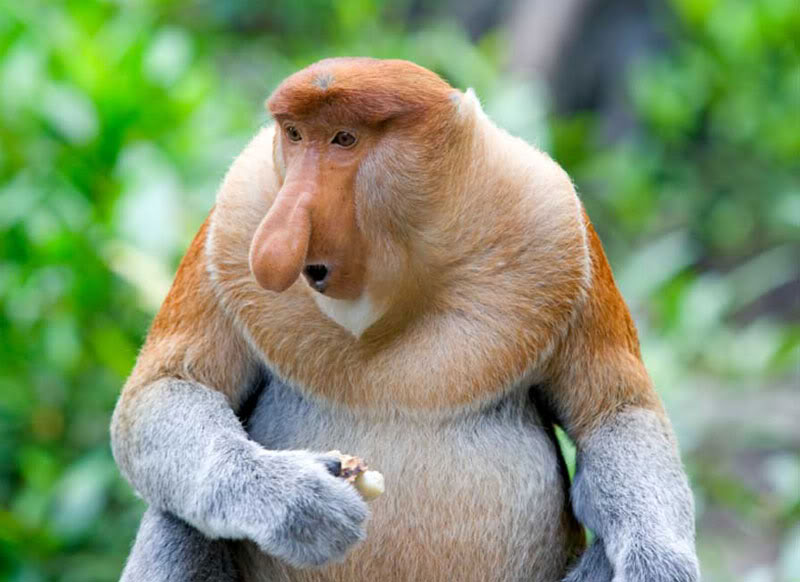
This strange kind of monkey found only on the island of Borneo, is known for his enormous belly and nose. These features gave it the nickname “Dutch monkey” after the Indonesians said the Dutch settlers who arrived on the island had great guts like these monkeys. The population of these monkeys was reduced by 50% in the last 40 years as a result of deforestation.
Irrawaddy Dolphins
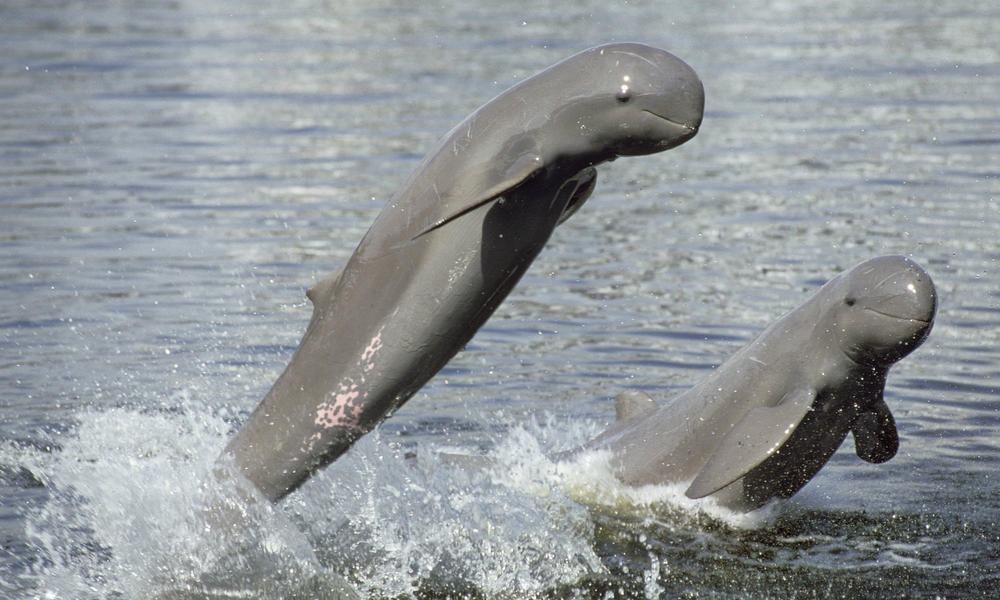
The Irrawaddy dolphins are found in coastal areas of South and Southeast Asia. These animals are known for their domed forehead and short beak, giving them a much stranger look from other dolphins appearance. Recent studies put their numbers at 77, citing overfishing as the main threat.
Coconut Crabs
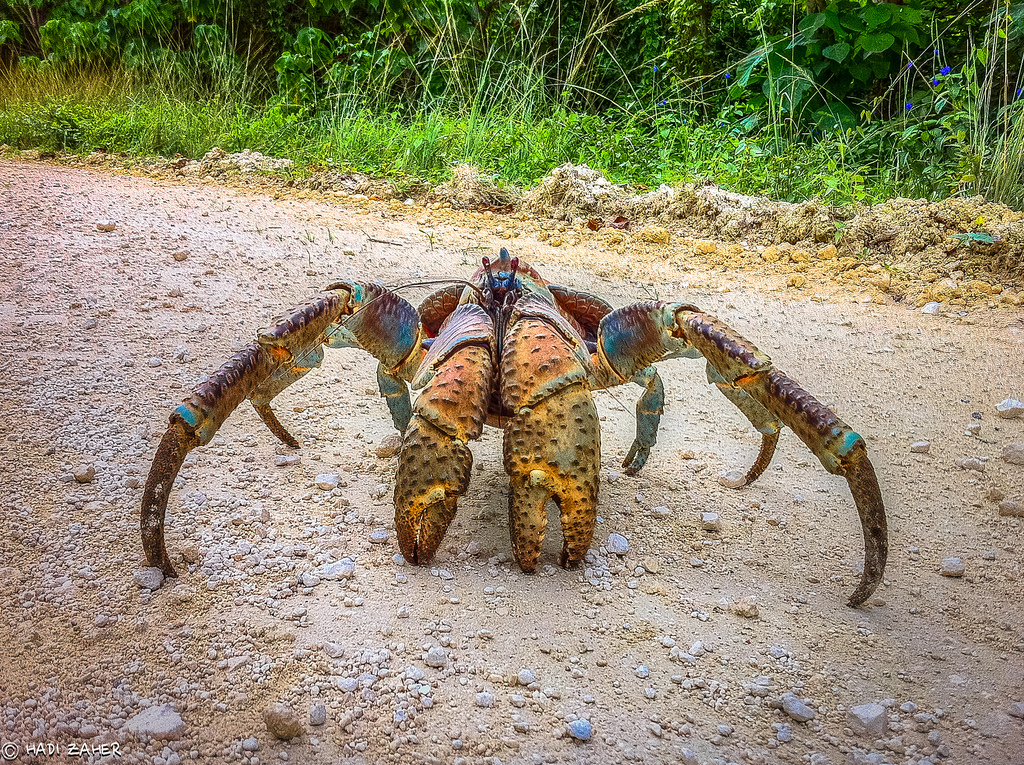
Coconut crabs are the greatest example of arthropods in the world, weighing up to 9 kilos. As the name suggests, the animals are known to climb trees to pick coconuts and then crush with their powerful claws. Considered a delicacy by some, these crustaceans are protected in some areas.
Kakapo
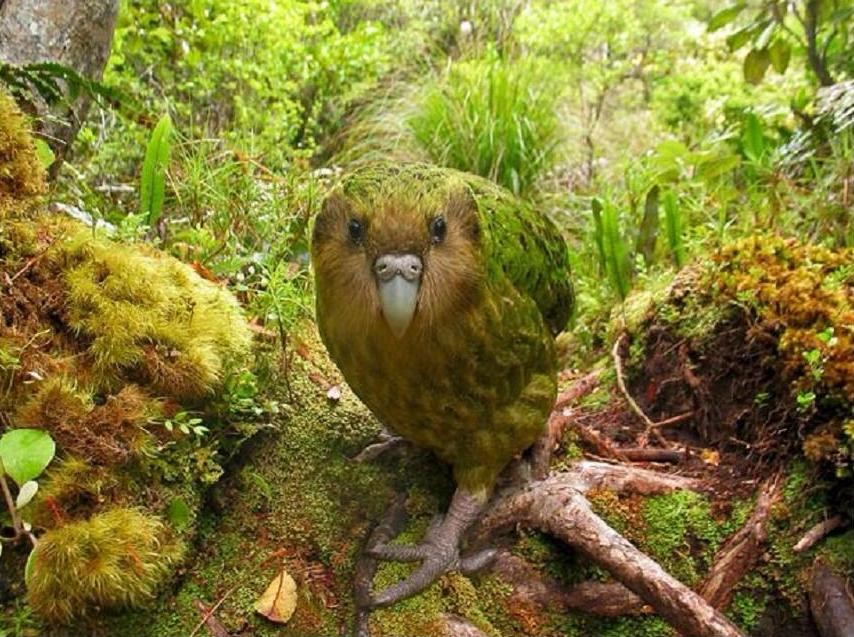
The Kakapo is the world’s fattest parrot and due to their weight problems, the only flightless parrot. Originally from New Zealand, the European colonization of the island brought with them cats who would make Kakapo easy prey. These birds are critically endangered, with only about 128 specimens remain in some predator-free islands.
Dugong
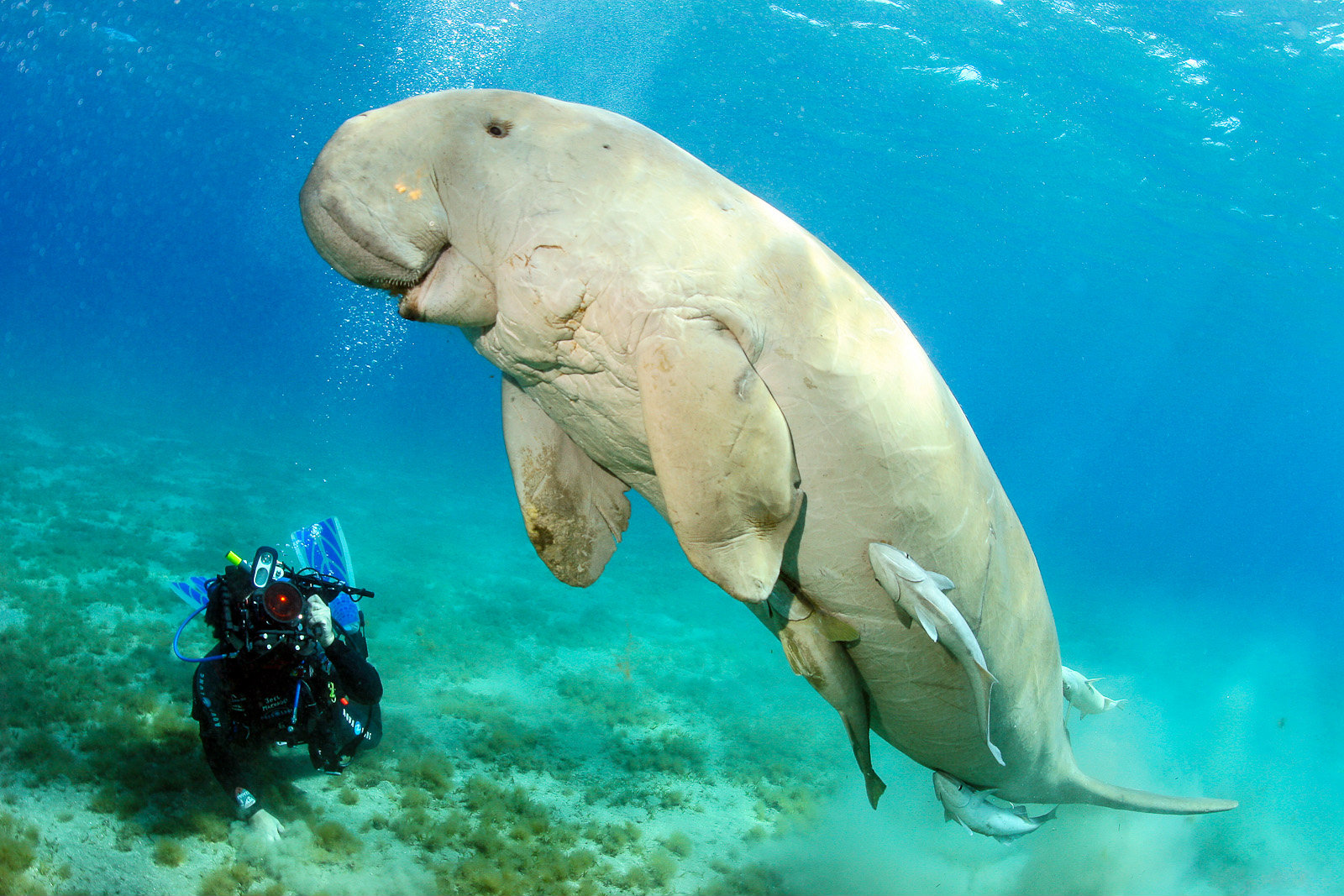
The dugong is one of only four living species of sea cows and are located in the Pacific Ocean to the east coast of Africa. These majestic giants have long been hunted for their meat and oil, leaving them in danger of extinction.
Loris Elusive

The slender Loris elusive of Horton Plains has been seen only four times since 1937 and disappeared altogether from 1939-2002, raising fears that the primate was extinguished. It is located in Sri Lanka. They have big eyes giving them excellent night vision, but have also given birth to superstition. Some communities believe that the flesh of the animal can cure leprosy, and body parts can be used to ward off curses and spells.
Gooty Spider

The Gooty spider – or Poecilotheria metallica – found only in a small Indian forests of around 60 square miles. Collectors asking up to $ 500 for these arthropods of beautiful colors and this has led its population to fall significantly and are now critically endangered.
Markhor
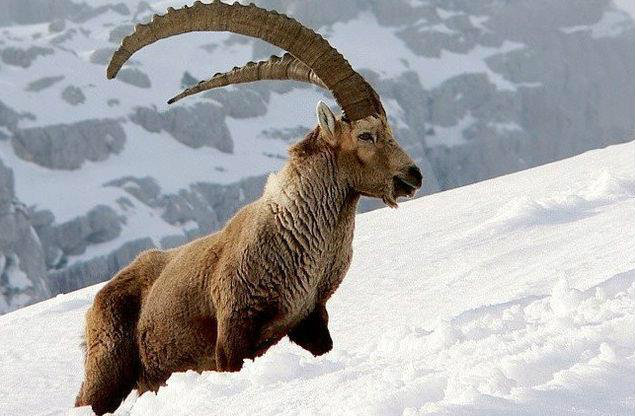
The markhor straight out of a fantasy book and it’s easy to see why it is the national animal of Pakistan. His high status and incredible style surprise and they were a perfect target for trophy hunters and now there are only about 2,500 remaining.
Quokkas
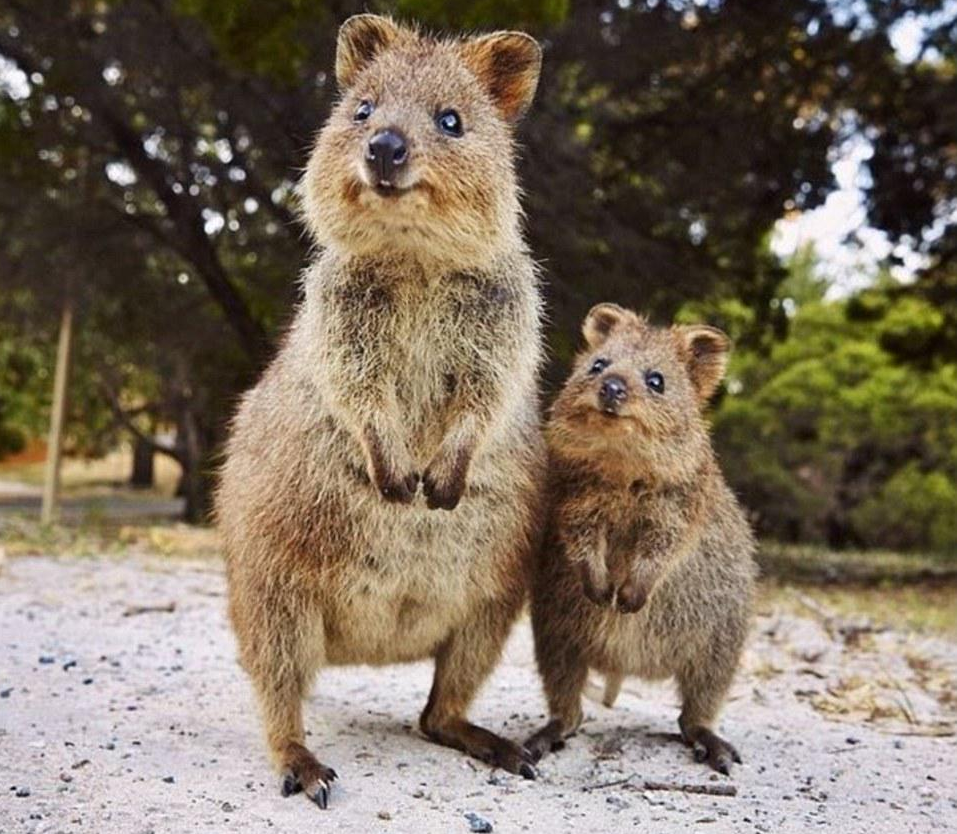
Quokkas are very friendly marsupial found in a small corner of southwestern Australia. Their kindness partly explains why they are at risk as they have been known to approach dingos and foxes in the hope of making friends.
Okapi

Known as the “giraffe zebra.” The animal rose to fame during the 1800s, when they were found by British explorers – yet no one went home believing that a strange creature could be real. Today, you can only find in the Democratic Republic of Congo, and there are only 10,000 to 20,000.
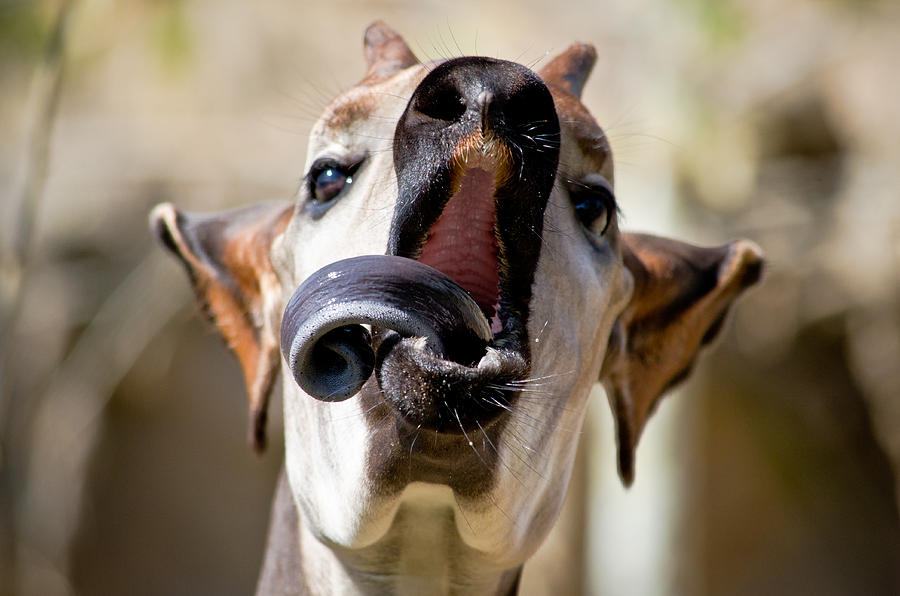
Sumatran orangutan
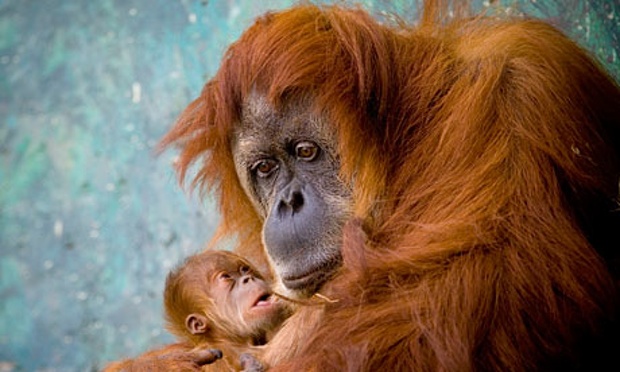
Hunting and sale as pets and the large palm oil industries are the reasons for its critical situation. These consider the orangutan as an enemy of their crops and kill them without pity. Indonesia has lost more than half the surface of its tropical forest in the last 50 years to favor these plantations. These ape can only be found in Borneo and Sumatra.
Snow Leopard

This species is threatened by the human invasion of its habitat: China, Pakistan, India, Nepal. Living in a setting like the Himalayas has not prevented their number from falling to less than 5 thousand. This feline can live at altitudes over 6,000 m. Their skin is also used in trade and they feed on farm animals at times, so they are hunted when this occurs.
The delicate natural balance is being affected by us, every day we destroy forests, burn plains, pollute the oceans and river sources, we are changing the natural habitat of most species of the world.
So much so that over 33% of known species is on the red list of endangered animals. These are just some of the amazing animals that we might never see it again unless something is done.

